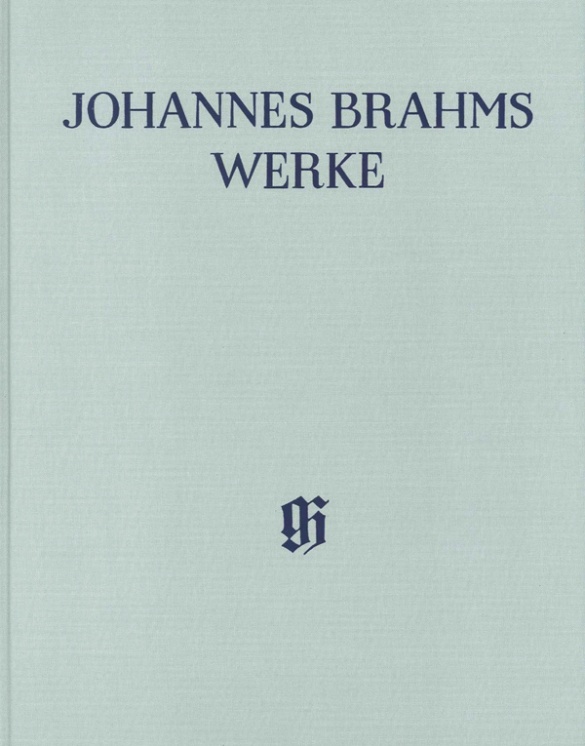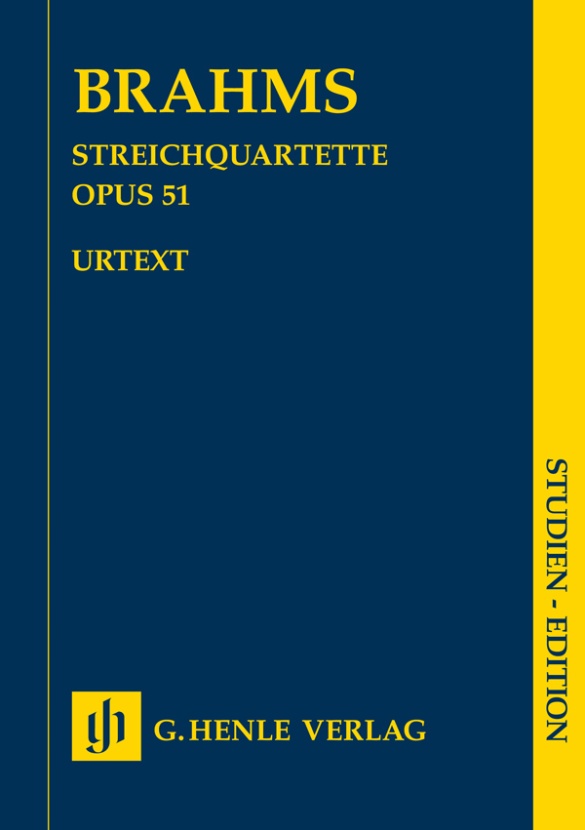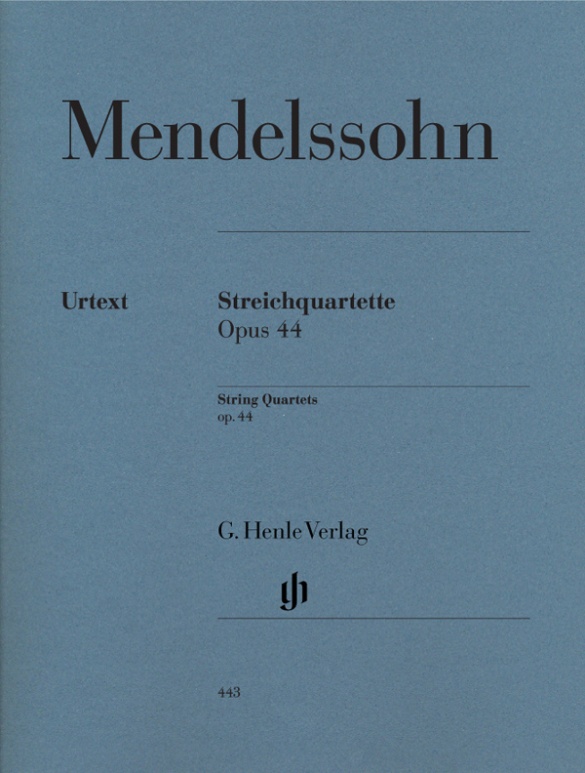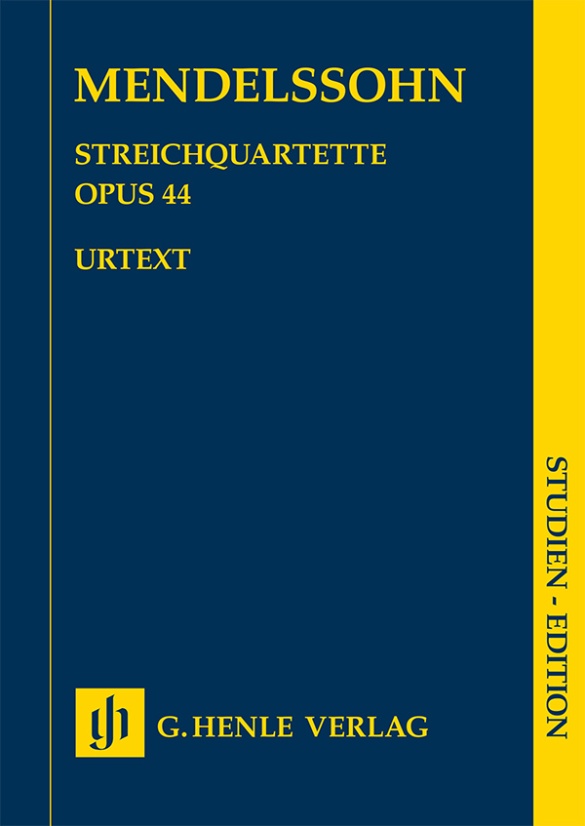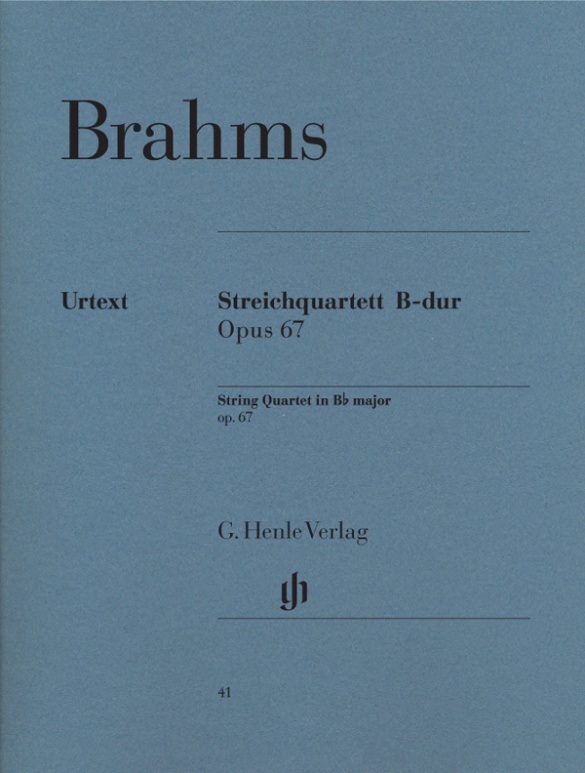

Johannes Brahms
String Quartet B flat major op. 67
Brahms had already composed over 20 string quartets (he confessed to a friend that he had burnt all of that “stuff”) before he finally presented his Opus 51 to the public. In the end only three surviving works managed to withstand his high self-criticism. We are now publishing the two passionate dark Quartets op. 51 separately from the rather more lively Opus 67, about which a reviewer of the time wrote, “This time Brahms seems to have taken it upon himself to walk along a sunny path through a meadow”. The basis for this edition is the volume in the New Complete Edition of Brahms’ works, published in 2004 by Henle, for which previously missing sources in a Swiss bequest were consulted for the first time.
Content/Details
About the Composer
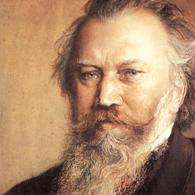
Johannes Brahms
His significant output comprises chamber music, piano works, numerous choral compositions and songs (including settings of folk-song lyrics), as well as large-scale orchestral works in the 1870s and 1880s. His compositions are characterized by the process of developing variation. He is considered an antithesis to the New German School around Liszt, and an advocate of “absolute” music.
| 1833 | Born in Hamburg on May 7, the son of a musician. His first piano instruction with Willibald Cossel at age seven, then with Eduard Marxen; first public performances from 1843. |
| 1853 | Concert tour through German cities; he meets Schumann, who announces him as the next great composer in his essay “Neue Bahnen” (“New Paths”). A lifelong, intimate friendship develops with Clara Schumann. |
| 1854–57 | Piano Concerto No. 1 in D minor, Op. 15. |
| 1857–59 | Choir director, pianist, and teacher at the royal court in Detmold. |
| 1859–61 | Director of the Hamburg Women’s Choir. |
| 1860 | Manifesto against the New Germans around Liszt. |
| 1863 | Cantata “Rinaldo,” Op. 50. |
| 1863–64 | Director of the Wiener Singakademie. |
| 1868 | Partial performance in Vienna of “A German Requiem,” Op. 45 (the complete work premiered in Leipzig in 1869) |
| 1871–74 | Artistic director of the Gesellschaft der Musikfreunde (Society of Friends of Music) in Vienna. |
| 1873 | Haydn Variations, Op. 56a, for orchestra. |
| from 1877 | His symphonic output begins with the Symphony No. 1 in C minor, Op. 68 (begun 1862); composition of the Symphony No. 2 in D major, Op. 73; the Symphony No. 3 in F major, Op. 90 (1883); and Symphony No. 4 in E minor, Op. 98 (1884–85): cantabile themes, chamber-music-like style. |
| from 1878 | Travels in Italy. |
| 1878 | Violin Concerto in D major, Op. 77, for Joseph Joachim. |
| 1881 | Piano Concerto No. 2 in B-flat major, Op. 83, with a scherzo movement. |
| 1886 | Honorary president of Vienna’s Tonkünstlerverein (Association of Musicians). |
| 1897 | Four Serious Songs, Op. 121. Dies in Vienna on April 3. |
Product Safety Informations (GPSR)

G. Henle Verlag
Here you can find the information about the manufacturer of the product.G. Henle Verlag e.K.
Forstenrieder Allee 122
81476 München
Germany
info@henle.de
www.henle.com
In these two volumes Henle have again provided clarity of reading, useful fold-out pages for turning purposes and interesting information about the compositional and editing processes. Add these to your collection.
Stringendo, 2009Zum 175. Geburtstag wurden nun die Quartettspieler und die mitlesefreudigen Konzertgänger reich beschenkt: mit der als Urtext bezeichneten, im Notenbild exzellenten Neuausgabe in Henles allbekanntem und gefragtem Taubenblau.
Neue Musikzeitung, 2008recommendations
autogenerated_cross_selling
Further editions of this title


